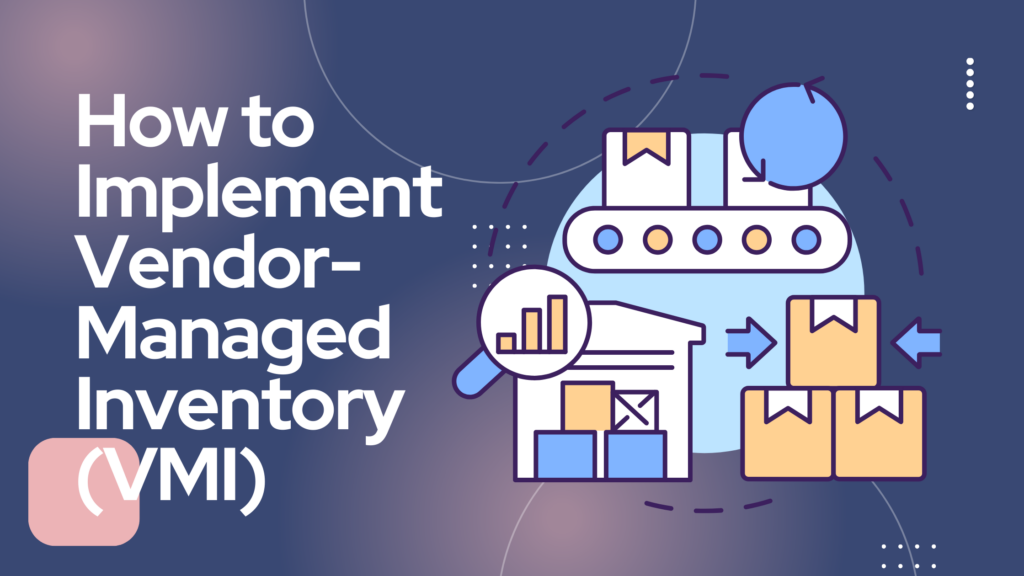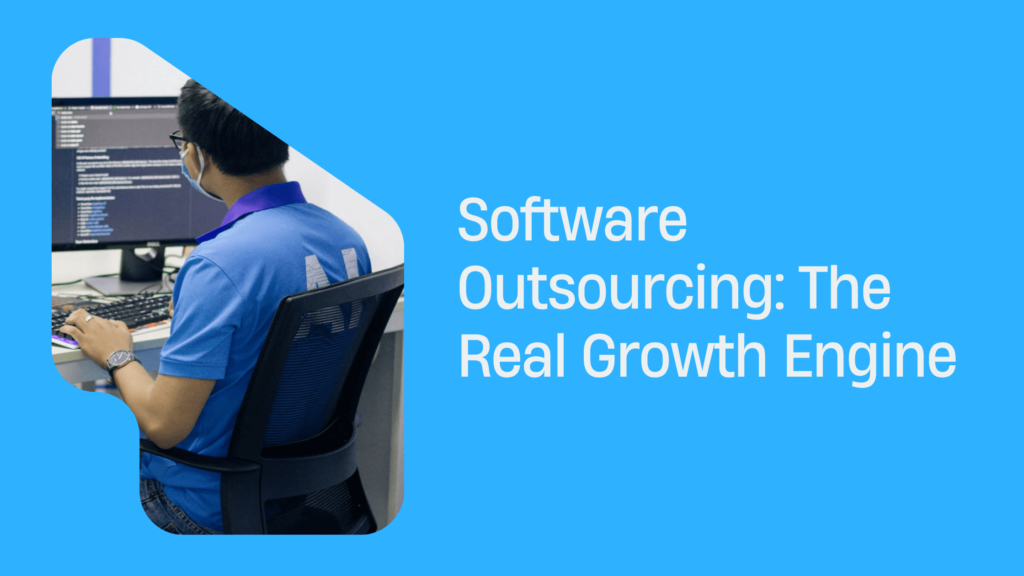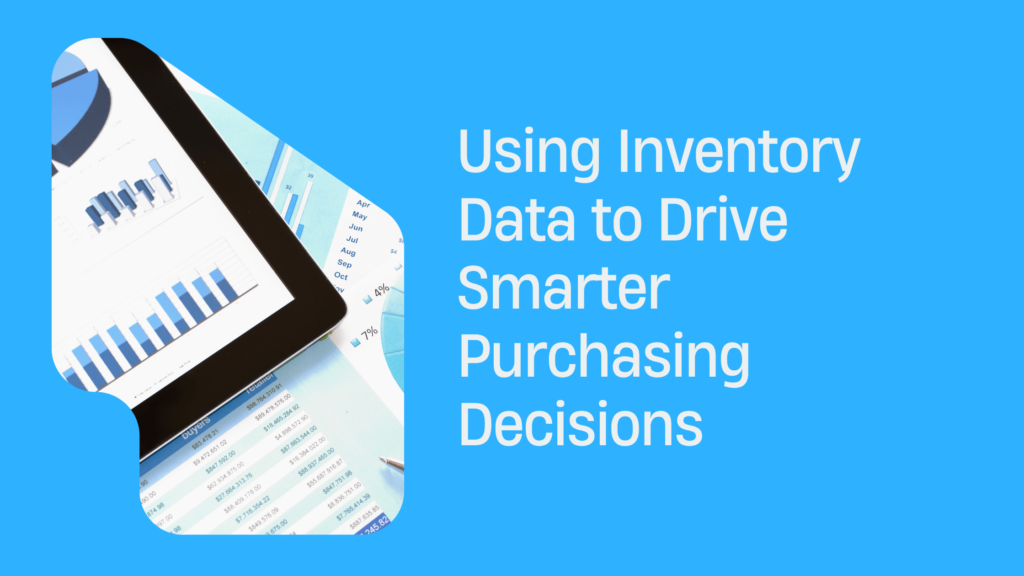How to Implement Vendor-Managed Inventory (VMI)
Understanding Vendor Managed Inventory
Vendor Managed Inventory (VMI) is a transformative approach to inventory management that places the responsibility of inventory control in the hands of the vendor rather than the retailer. In a traditional inventory management system, retailers are responsible for forecasting their inventory needs, placing orders, and managing stock levels. However, VMI shifts this burden to the vendor, allowing them to proactively manage the inventory even after it reaches the retailer’s warehouse. This is the core concept behind vendor managed stock and vendor management inventory.
The primary objective of VMI is to reduce inventory-related costs for both the retailer and the vendor. By placing the vendor in control of inventory, stock is replenished only when necessary, minimizing the risks of overstocking and stockouts. This streamlined approach to inventory management leads to improved supply chain efficiency, reduced carrying costs, and enhanced collaboration between the retailer and the vendor. In simple terms, what is vendor managed inventory? It’s a system where vendors take care of stock levels for you, improving efficiency.
How Vendor Managed Inventory Works
Successful implementation of VMI requires a strong and transparent collaboration between retailers and vendors. Three key factors differentiate VMI from other inventory management systems:
Shared Information: Effective VMI relies on the seamless flow of information between the retailer and the vendor. Both parties must establish clear communication channels and agree on key metrics and terms for the partnership. This is essential for any vendor managed inventory system to work well.
Vendor Control: In VMI, the vendor assumes control over inventory management, including restocking and ordering. The vendor uses real-time data shared by the retailer to monitor stock levels, analyze purchasing trends, and determine when and how much inventory needs to be shipped. This is the backbone of vendor inventory management and VMI inventory operations.
Re-stocking and Ordering: Based on the data provided by the retailer and their understanding of production times, shipping delays, and lead times, the vendor ships new inventory as needed. The retailer pays for the inventory based on the agreed-upon terms, which can vary from payment upon arrival to payment upon sale.
Let’s illustrate the process with a vendor managed inventory example. Imagine a pet store chain that utilizes VMI to manage its dog food inventory. The pet store stocks its shelves with a specific brand of dog food, and the vendor, who manages the inventory, receives regular sales data from the pet store. Based on the agreed-upon parameters and goals, the vendor determines when and how much dog food to restock at that location. This is how a VMI Vendor managed inventory system can streamline operations.
Benefits of Vendor Managed Inventory
 Vendor Managed Inventory offers a wide range of benefits for both retailers and vendors. Let’s explore some of the most significant advantages of implementing VMI:
Vendor Managed Inventory offers a wide range of benefits for both retailers and vendors. Let’s explore some of the most significant advantages of implementing VMI:
1. Reduced Cost
One of the primary benefits of VMI is its cost-saving potential. By allowing the vendor to take control of inventory management, retailers can reduce the time and resources spent on inventory planning. Vendors, on the other hand, benefit from the predictability and streamlined schedules that come with managing inventory shipments. Additionally, VMI helps minimize carrying costs by ensuring optimal stock levels and efficient inventory turnover.
2. Improved Forecasting
Vendor Managed Inventory relies on real-time data sharing between the retailer and the vendor. This constant flow of information enables more accurate and timely stock updates and orders. Unlike traditional inventory management systems that rely on rough predictions, VMI leverages current sales data to guide strategic inventory ordering. Vendors can analyze data from multiple retailers to identify and plan for local trends, leading to improved demand forecasting.
3. Enhanced Collaboration and Relationships
VMI fosters a symbiotic relationship between retailers and vendors. When implemented successfully, it strengthens the partnership between the two parties. The clear communication channels and shared goals in VMI create a foundation for trust and collaboration, allowing both retailers and vendors to work towards their mutual success. Retailers gain confidence in their product supply, while vendors secure long-term business prospects.
4. Streamlined Stock Management
Managing stock levels can be a complex task, especially for retailers with a wide assortment of products from different vendors. VMI simplifies this process by shifting the responsibility of inventory management to the vendor. Retailers no longer need to worry about monitoring inventory levels or sending out purchase orders. Instead, they can focus on other critical tasks, leading to higher team efficiency. Vendors, armed with data-driven plans, can manage shipments between multiple retailers, ensuring efficient product movement.
5. Minimized Human Errors
Human errors in inventory management can have significant consequences for retailers. VMI reduces the risk of misordering or miscalculations by shifting the responsibility to vendors. Retailers no longer need to worry about their team making mistakes while ordering inventory. Vendors, with their expertise and systems in place, can ensure accurate and timely replenishment of stock, minimizing costly errors.
Potential Challenges and Best Practices for Vendor Managed Inventory
1. Lack of Data Proficiency
For VMI to work effectively, vendors must possess a strong understanding of the retailer’s inventory data. This proficiency allows vendors to analyze data accurately and make informed decisions about inventory management. Retailers should carefully consider a vendor’s data proficiency when choosing a partner for VMI to ensure seamless collaboration.
2. Managing Inventory Changes
Introducing new products or phasing out existing ones requires clear communication between the retailer and the vendor. New products may lack historical sales data, necessitating frequent communication with the vendor to provide updates on their performance. Similarly, when products are being phased out, the vendor needs to be informed to prevent unnecessary restocking and excess inventory.
3. Addressing Slow-Moving Stock
VMI requires accurate data to determine inventory needs. Including slow-moving stock in VMI data can lead to unnecessary costs for retailers, as they may be required to pay for overstock. Retailers should strategically choose the products they carry, considering their target market and sales history, to avoid such situations.
4. Managing Demand Spikes
Unforeseen spikes in demand can disrupt inventory forecasts and lead to stockouts. Vendors must be flexible and responsive to meet unexpected surges in demand. Retailers should discuss flexibility with potential vendors to ensure they can quickly replenish inventory during peak periods.
5. Effective Communication
Open and effective communication between retailers and vendors is critical for successful VMI. Poor communication can lead to misunderstandings, delays, and inefficiencies. Both parties should maintain regular communication, share accurate and updated data, and address any changes or issues promptly. This collaboration is vital for maintaining a strong and productive relationship.
Implementing Vendor Managed Inventory
 Implementing Vendor Managed Inventory requires a collaborative approach between retailers and vendors. Here are some best practices to ensure a smooth and successful implementation:
Implementing Vendor Managed Inventory requires a collaborative approach between retailers and vendors. Here are some best practices to ensure a smooth and successful implementation:
1. Set Clear Boundaries and Fees
Before embarking on a VMI partnership, it is crucial to establish clear boundaries and fees. Retailers should define their inventory holding limits, storage space availability, and payment terms. It is essential to communicate these expectations to the vendor upfront to avoid any misunderstandings or unexpected fees.
2. Establish Goals and Metrics for Success
Set long-term goals and define the metrics that will be used to measure success. Both retailers and vendors should understand how the VMI partnership will benefit them and align their objectives accordingly. Having clear goals and data-driven metrics will keep both parties focused and motivated.
3. Share Abundant and Timely Data
Effective VMI relies on the seamless sharing of data between retailers and vendors. Retailers should provide vendors with accurate and up-to-date inventory levels, sales numbers, and any other relevant information. The more data shared, the better the vendor can manage inventory and make informed decisions. However, retailers should also protect sensitive data through confidentiality agreements if necessary.
4. Maintain Ongoing Communication
Regular and open communication is vital for successful VMI. Retailers should keep their vendors updated on any changes that could impact inventory needs, such as seasonality, demand spikes, or new sales channels. Vendors, in turn, should provide retailers with timely updates on inventory status and any potential issues. By maintaining ongoing communication, both parties can proactively address challenges and optimize inventory management.
Conclusion
Vendor Managed Inventory is a powerful solution for retailers looking to optimize their inventory management processes, reduce costs, and improve supply chain efficiency. By shifting the responsibility of inventory control to vendors, retailers can focus on core business activities while enjoying the benefits of improved forecasting, reduced carrying costs, and streamlined stock management.
Successful implementation of VMI requires a collaborative approach, with clear communication, shared goals, and abundant data exchange. By setting clear boundaries, establishing metrics for success, and maintaining ongoing communication, retailers, and vendors can unlock the full potential of Vendor Managed Inventory and drive mutual success in the competitive retail landscape. Vendor managed inventory can also be referred to as VMI Inventory, Vendor Managed Stock, or VMI Vendor Managed Inventory.
Embrace the power of Vendor Managed Inventory and revolutionize your inventory management practices today!



